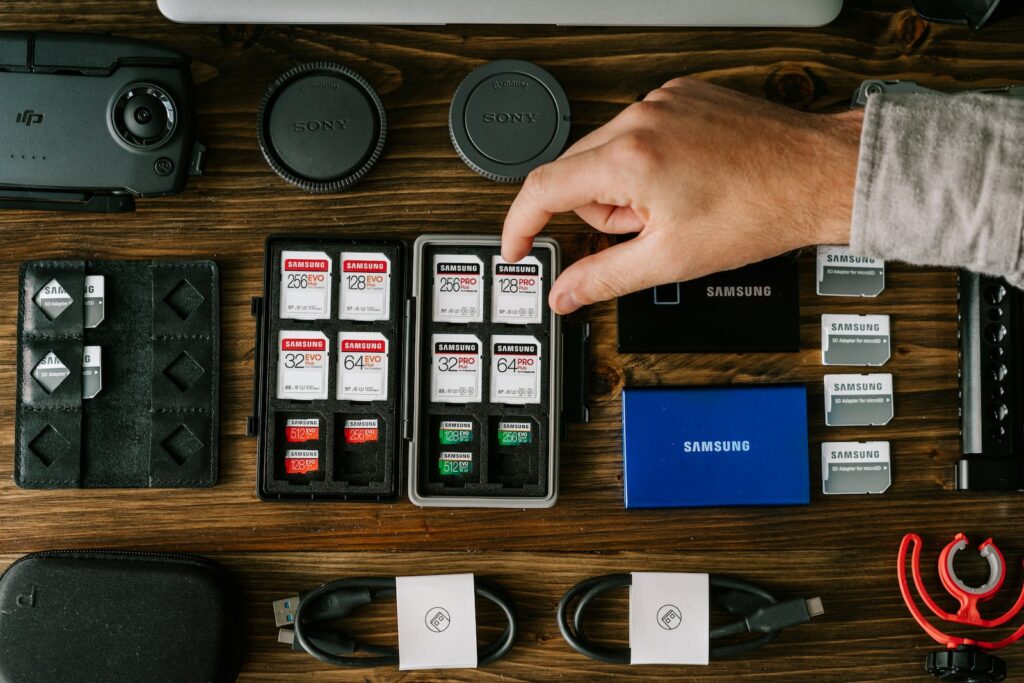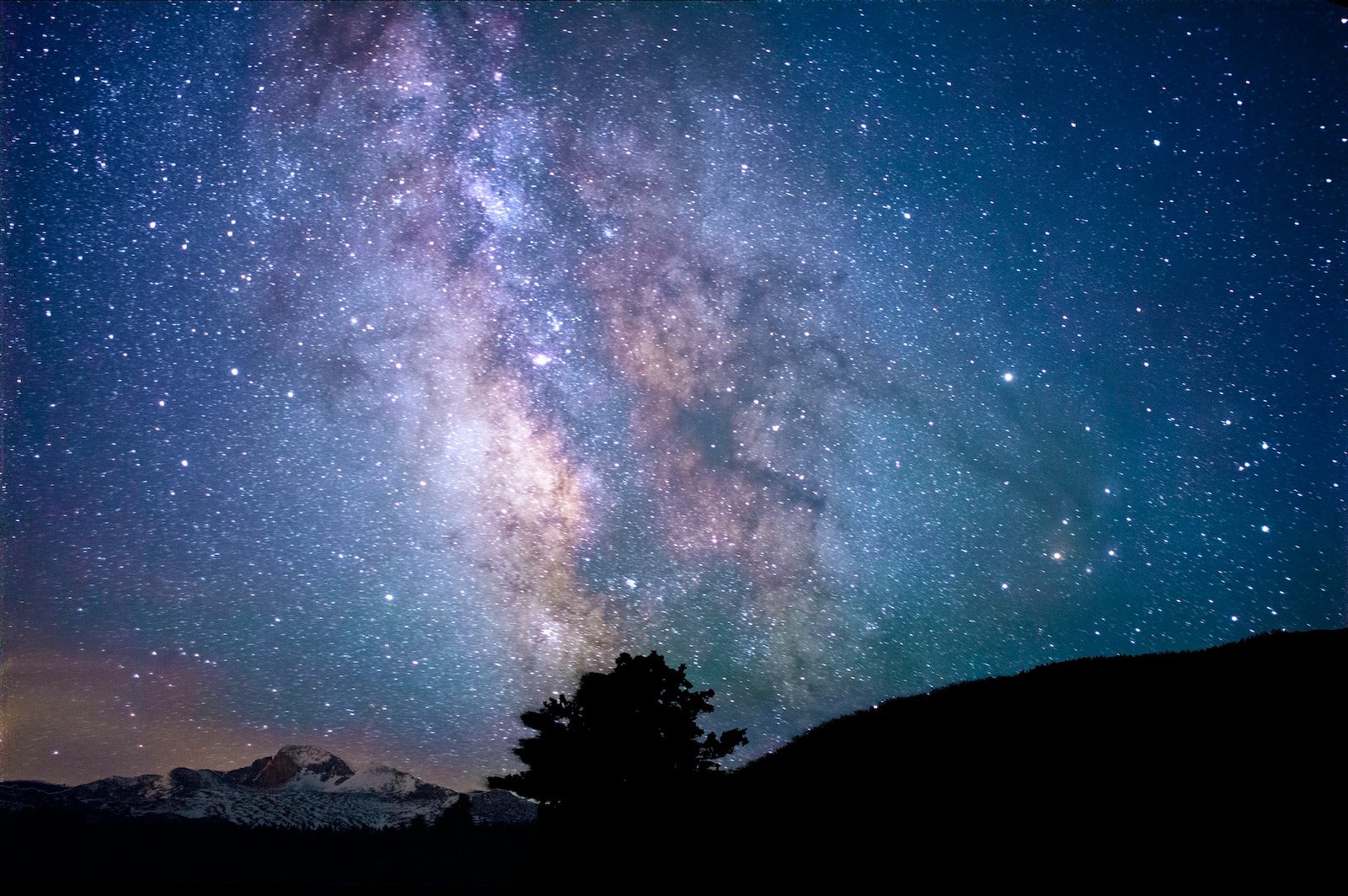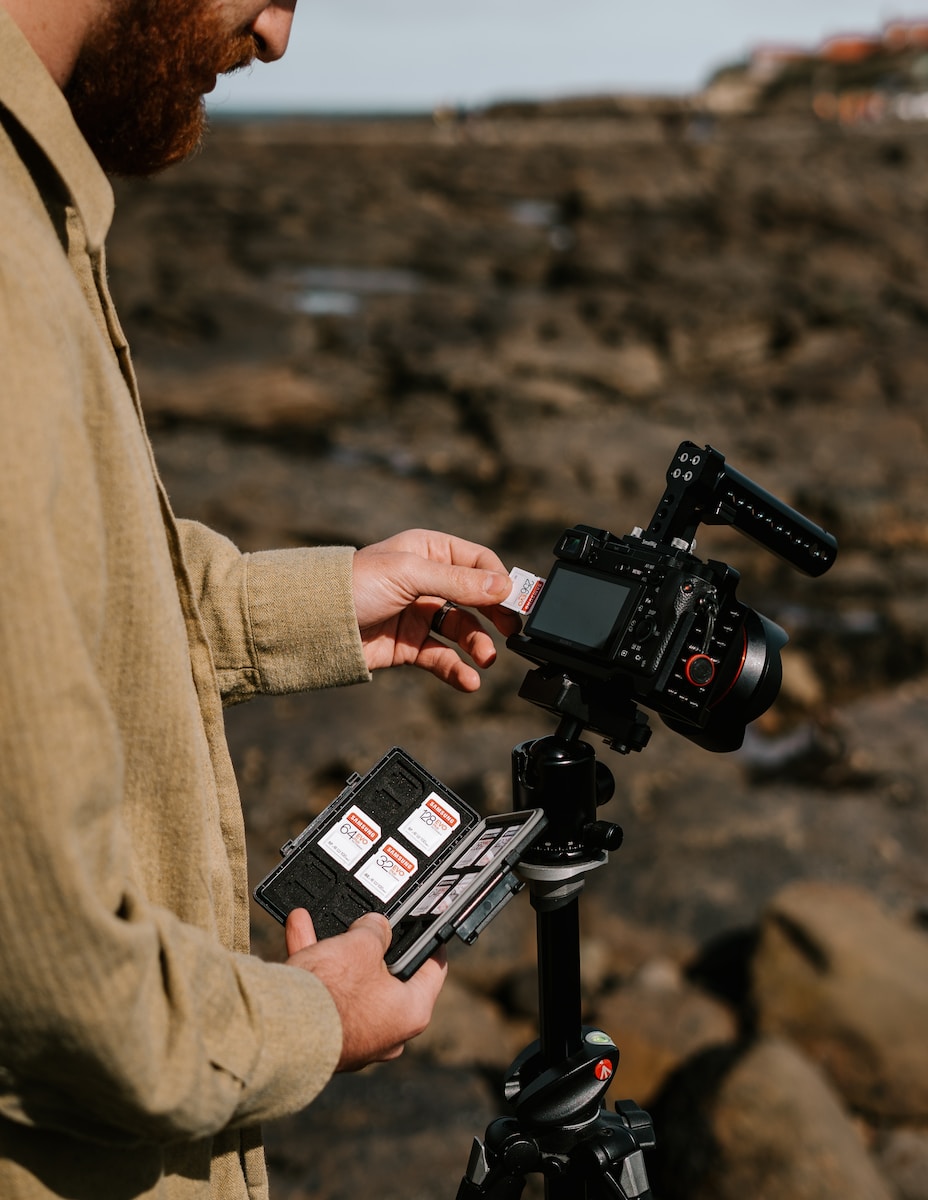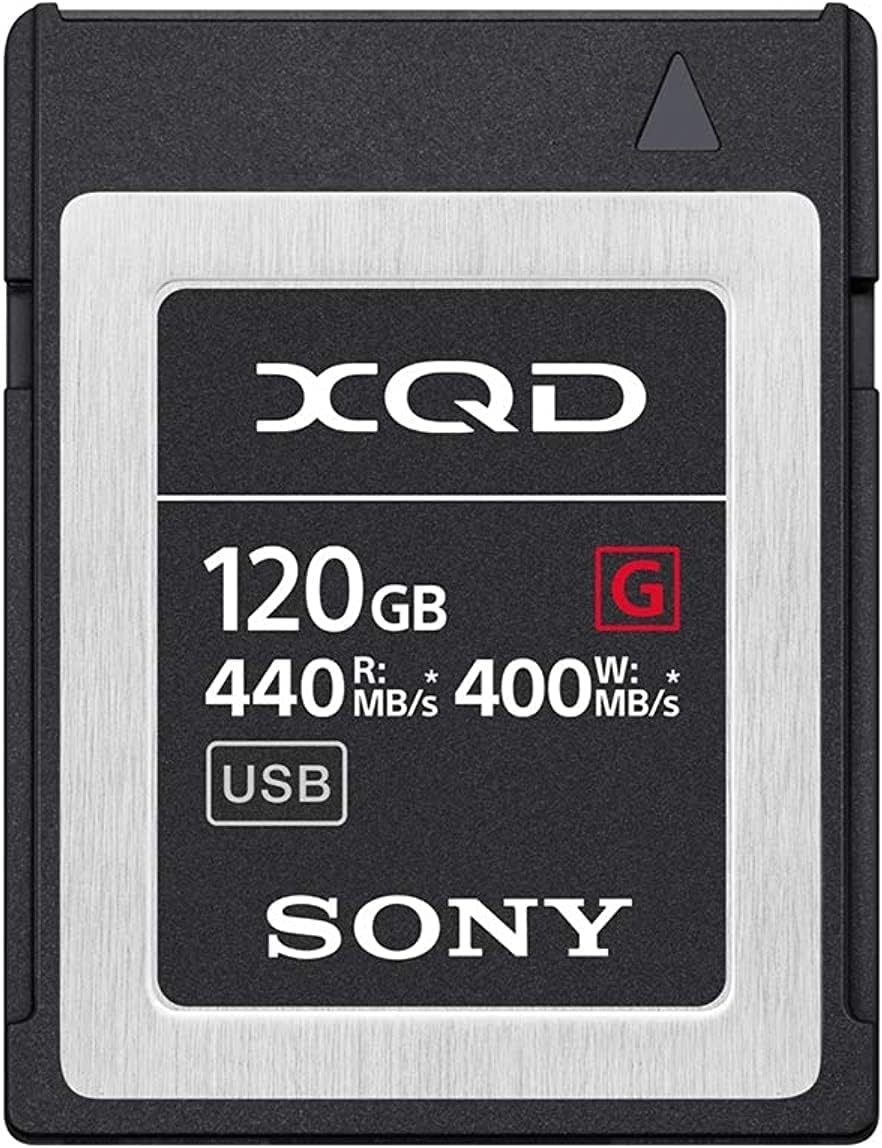Welcome to my blog on astrophotography storage! If you’re a photography enthusiast who loves capturing breathtaking images of the night sky, then this is the perfect place for you. In this blog, we will explore the essential tools and techniques to enhance your astrophotography experience, with a particular focus on memory and storage solutions. With large amounts of data being the norm in astrophotography, finding the right storage tools can make all the difference in preserving those awe-inspiring moments. So let’s dive in and discover the secrets to nailing nightscape photography!
Table of Contents
- The Challenge of Night Photography
- Find Your Perfect Astrophotography Storage Solution
- Astrophotography Storage: Nailing Nightscape Photography
- Frequently Asked Questions
- 1. What are the essential storage tools for astrophotography?
- 2. How do memory cards affect astrophotography?
- 3. What should I consider when choosing memory cards for astrophotography?
- 4. Is it necessary to have external hard drives for storing astrophotography data?
- 5. Can cloud storage services be used for astrophotography data?
- 6. How can I organize and manage my astrophotography data effectively?
- Wrap Up
The Challenge of Night Photography
Night photography presents unique challenges due to the low-light conditions and long exposure times required to capture the glory of the night sky. As a result, the images produced can be significantly larger in size compared to regular daytime photography. This is where having the right memory and storage tools becomes crucial.
Memory Cards: Speed and Capacity
When it comes to astrophotography, speed and capacity are two critical factors to consider when choosing memory cards. Look for high-speed SD or CF cards that can handle the continuous burst shots and high-resolution files that astrophotography demands. Capacity is equally essential, as shooting for extended periods means you’ll need ample space to store all your stellar shots.
Choosing the Right Storage Device
Once you’ve captured those breathtaking images of the night sky, you’ll need a reliable and efficient storage device to safeguard your precious memories. Solid-state drives (SSDs) are an excellent option here, as they offer faster data transfer speeds and enhanced durability compared to traditional hard drives. Additionally, consider a portable SSD for convenience during astrophotography expeditions.
Back Up Your Data
One of the cardinal rules in astrophotography is to always back up your data. Imagine losing hours or even days’ worth of stunning shots due to a technical glitch or accidental deletion – the thought is terrifying! Invest in an external hard drive or utilize cloud storage solutions to ensure your astrophotography collection remains secure and accessible from anywhere.
Organize and Catalogue
With astrophotography, it’s easy to accumulate large volumes of data, making organization crucial. Create a proper folder structure and naming convention to keep your files organized and easily accessible. This not only saves valuable time but also aids in locating specific shots when you need them. Consider using dedicated astrophotography software to catalog your images with relevant metadata.
Regularly Clean and Format
Memory card maintenance is often overlooked but crucial for uninterrupted astrophotography sessions. After each shoot, take the time to clean your memory cards and format them in-camera. This practice helps prevent potential file corruptions, improves performance, and ensures your memory cards are in optimal condition for future shoots.
Did you know that astrophotography dates back to the mid-19th century when the first successful photograph of the moon was captured in 1840?
Find Your Perfect Astrophotography Storage Solution
When it comes to choosing the right memory and storage tools for astrophotography, thorough research and comparison shopping are essential. Read reviews, compare specifications, and evaluate the compatibility of various memory cards and storage devices with your camera gear and computer system. This ensures you make an informed decision based on your specific requirements and budget.
Invest in Quality
Remember, your astrophotography collection is a treasure trove of stunning images. Investing in quality memory cards and storage devices increases the longevity of your images and reduces the risk of data loss. Don’t compromise on quality for the sake of saving a few bucks.
Future-Proof Your Storage
Astrophotography is a journey that often evolves and expands as you delve deeper into the cosmos. Stay ahead of the curve by choosing memory and storage solutions that offer ample expansion options. Opt for devices that support high-capacity memory cards or provide the ability to upgrade storage in the future, so you never have to worry about running out of space.
By following these astrophotography storage tips and employing the right tools, you’ll be well-equipped to tackle the challenges of capturing stunning nightscape images. Remember, the night sky is full of wonders just waiting to be captured, so why wait? Start your astrophotography storage journey today!

Astrophotography Storage: Nailing Nightscape Photography
Exploring the right memory and storage tools for breathtaking astrophotography, where large amounts of data are a norm.
A Relevant Case Study: Overcoming Astrophotography Storage Challenges
Meet Alex, an aspiring astrophotographer determined to capture stunning images of the night sky. Armed with a passion for outer space and a high-end camera, he set out on his quest. However, Alex soon encountered a significant hurdle – storage.
As any astrophotographer knows, night photography requires capturing RAW files, which are considerably larger than JPEGs. The intricate details of celestial objects demand significant storage capacity. Alex’s existing memory card, although decent, left him scrambling for space after just a few captures. To avoid missing out on once-in-a-lifetime shots, he needed a solution.
After extensive research, Alex discovered the benefits of high-capacity memory cards designed specifically for astrophotography. These cards, with capacities of up to 512GB, allow him to capture ample data without worrying about running out of space during his nocturnal adventures.
Moreover, Alex invested in a portable hard drive to ensure backup and ample storage for his astrophotography journeys. With a thunderbolt connection, he can transfer his files blazingly fast, minimizing downtime and maximizing shooting possibilities.
By addressing his storage challenges, Alex now focuses on pushing his creative boundaries rather than constantly fretting about memory limitations. The right astrophotography storage tools have become his secret weapon in nailing magnificent nightscape shots.
Benefits of Adequate Memory and Storage for Astrophotography
Understanding the importance of memory and storage in astrophotography is key to enhancing your night photography endeavors. Here are the benefits of making the right choices:
- Ample Space: Large capacity memory cards ensure you capture breathtaking images without the fear of running out of storage mid-shoot.
- Raw Data Preservation: The vast storage available allows astrophotographers to preserve the original RAW files, maintaining every detail for post-processing and printing.
- Seamless Workflow: Ultra-fast transfer speeds, such as those provided by thunderbolt connections, reduce import/export time, enabling more efficient editing and workflow.
- Backup Assurance: A reliable backup solution ensures your precious astrophotography data is safeguarded against accidental loss or equipment failure.
- Peace of Mind: Knowing you have the necessary storage tools eliminates worries about missing out on unique astronomical events or moments due to limited space.
By acknowledging the benefits of adequate memory and storage, astrophotographers can focus on honing their skills, capturing dazzling images of the night sky, and sharing their passion with the world.
Frequently Asked Questions
1. What are the essential storage tools for astrophotography?
When it comes to astrophotography, having the right storage tools is crucial for managing large amounts of data. The essential tools include high-capacity memory cards, external hard drives, and cloud storage services. These options ensure that you have enough space to store your breathtaking nightscape photography.
2. How do memory cards affect astrophotography?
Memory cards play a vital role in astrophotography as they are used to store the captured images and videos. Opting for high-capacity memory cards with fast write speeds allows you to capture and transfer data quickly, ensuring you don’t miss any precious shots of the night sky.
3. What should I consider when choosing memory cards for astrophotography?
When selecting memory cards for astrophotography, consider their storage capacity, write speed, and compatibility with your camera. Aim for cards with larger storage capacities, such as 64GB or even 128GB, to accommodate the high-resolution and large file sizes of astrophotography images.
4. Is it necessary to have external hard drives for storing astrophotography data?
While not essential, having external hard drives for storing astrophotography data is highly recommended. As astrophotography involves capturing a vast number of high-resolution images and videos, external hard drives provide additional storage space and backup options to ensure your data is safe and easily accessible.
5. Can cloud storage services be used for astrophotography data?
Yes, cloud storage services can be a great option for storing astrophotography data. They provide the advantage of accessing your files from anywhere with an internet connection and offer additional backup and security measures to protect your precious nightscape photography.
6. How can I organize and manage my astrophotography data effectively?
To organize and manage your astrophotography data effectively, create a folder system on your computer or external hard drive. Arrange your files by date, location, or type of celestial objects captured. Additionally, consider using file-naming conventions that include relevant details like the date, time, and location to easily identify and locate specific images.
Wrap Up
In conclusion, nailing breathtaking astrophotography requires the right memory and storage tools. By investing in high-capacity memory cards and reliable storage devices, you can capture stunning nightscapes without worrying about running out of space. Remember to use active and transition words to engage your readers and keep your sentences concise.
So, whether you are an avid astrophotographer or just starting out, make sure to equip yourself with the right gear to ensure your memories are preserved flawlessly. Feel free to leave a comment below and share your own astrophotography experiences and tips. Let’s inspire each other to reach for the stars!



